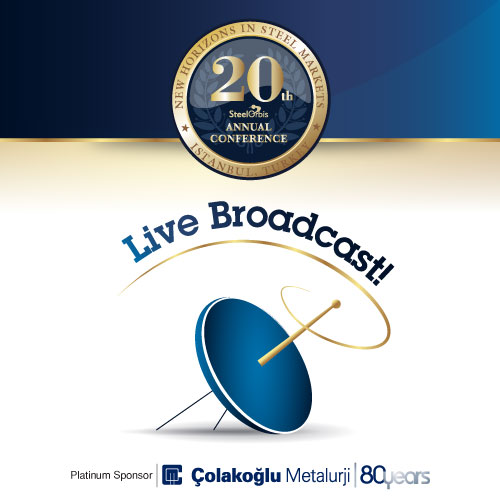Austrian steelmaker Voestalpine AG has stated that the economic environment in the first quarter of the financial year 2025-26 ending June 30 was shaped by two key developments. First, the infrastructure program announced by the German government and increased investments in the European security architecture provided positive momentum. On the other hand, upheavals in the global market created growing uncertainty. As of the end of July this year, the US and the EU reached a fundamental trade agreement, though details in specific sectors, such as steel, remain unresolved.
The European Commission is addressing key current issues with its Steel and Metals Action Plan, which aims to strengthen the competitiveness of European industry. This plan includes an effective carbon border adjustment mechanism and a successor system to the safeguard regulation, which is intended to limit steel imports from third countries. The EU has not yet defined its specific position toward global trade partners, which may influence Europe’s future economic momentum.
Meanwhile, Voestalpine has announced its financial results for the first quarter.
In the given quarter, the company posted a net profit of €106 million, compared to a net profit of €150 million recorded in the same quarter of the previous financial year, while its revenues decreased by 4.9 percent year on year to €3.9 billion. In addition, Voestalpine’s EBITDA for the first quarter came to €361 million, falling by 13.4 percent year on year.
Despite these prevailing uncertainties, Voestalpine anticipates continued stability in its key market trends. The automotive industry, as well as mechanical engineering, construction, and consumer goods, are projected to remain stable, albeit at a low level. The reorganization of the metal forming division and the realignment of the high-performance metals division will continue during the current financial year.
In the full financial year, Voestalpine foresees that its EBITDA will be in the range of €1.40-1.55 billion.
